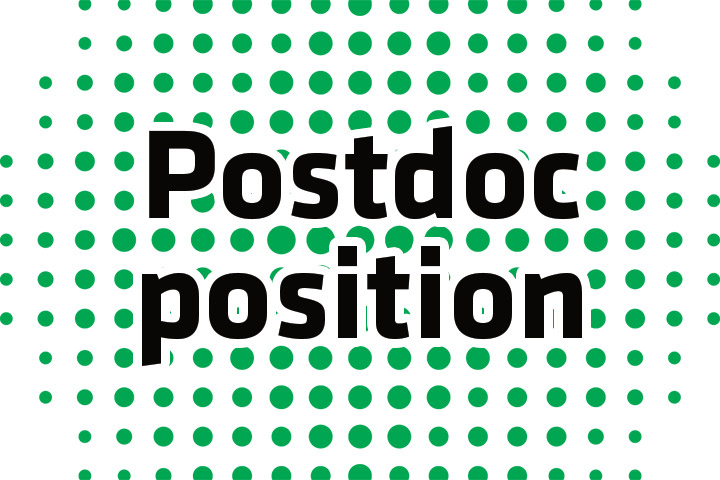
Post-doctoral positions – Molecular and physiological aspects of synaptic plasticity
From single molecules to network activity:
Two post-doctoral positions available to study molecular and physiological aspects of synaptic plasticity funded by ANR
We are seeking to recruit two post-doctoral fellows interested in cellular and molecular neuroscience with strong expertise in either cell/molecular biology or slice imaging/physiology, including glutamate receptor structure function, spine morpho-dynamics, synaptic plasticity, receptor trafficking and nanoscale organization to join a vibrant environment and exciting projects associating astute molecular manipulations, genetic code expansion, high resolution imaging, biosensors and slice imaging and electrophysiology to study innovative aspects of synaptic plasticity.
The first project, funded as an international collaboration with the group of Markus Sauer and Gerti Beliu at Würzburg University, aims at exploiting Genetic Code Expansion (GCE) to develop innovative methods to live label and study AMPA receptor auxiliary subunits1,2. Despite the fundamental importance of these class of proteins, the difficulty in labeling them has hampered the advancement of our knowledge on their function. Our collaborative effort has already allowed key breakthrough in our capacity to label and study them using GCE. The retained candidate will participate to this joint effort and apply this technology to adress fundamental questions in AMPAR complex diversity, trafficking and function in various brain preparations.
The second project, funded by ANR, will build on our recent development of unique tools to monitor and modify AMPA receptor trafficking in vivo and in brain slices down to the single molecule level using combined lattice light sheet microscopy and patch-clamp in brain slices3,4. The candidate will apply them to study synaptic function with electrophysiological, molecular and imaging approaches. He/she will use these tools to analyze the role of AMPAR trafficking in synaptic plasticity and in information processing all the way to network activity by the normal and diseased brain.
Altogether, these projects will shine new light on the molecular mechanism of synaptic plasticity and will be linked to behavioral studies of cognitive functions using the same tools.
The position will be financed by ANR grants to D. Choquet.
Competences
For these positions, we are seeking highly motivated and competent individuals, with a proven track record of success and expertise in either cell biology, slice physiology or imaging, if possible immediately after their PhD, and in any case no more than two years after their PhD. The projects will be conducted in a stimulating and highly interdisciplinary and international environment in a recent research building, a part of the Bordeaux neurocampus project (Bordeaux, France).
More info on the team research
Webpage: https://iins.u-bordeaux.fr/CHOQUET
- Bessa-Neto, D., Beliu, G., .., Sauer, M. & Choquet, D. Bioorthogonal labeling of transmembrane proteins with non-canonical amino acids unveils masked epitopes in live neurons. Nat Commun 12, 6715, (2021). DOI: 10.1038/s41467-021-27025-w
- Budiarta, M., Streit, M. & Beliu, G. Site-specific protein labeling strategies for super-resolution microscopy. Current opinion in chemical biology 80, 102445, (2024). DOI: 10.1016/j.cbpa.2024.102445
- Nowacka, A., Getz, A., .., A., . . . Choquet, D. Synapse specific and plasticity-regulated AMPAR mobility tunes synaptic integration. BioRXive, (2024). DOI: 10.1101/2024.03.19.584837
- Getz, A. M., Ducros, M., .. Choquet, D. High-resolution imaging and manipulation of endogenous AMPA receptor surface mobility during synaptic plasticity and learning. Science advances 8, eabm5298, (2022). DOI: 10.1126/sciadv.abm5298
Applications
Please send CV and two independently sent references to:
Last update 01/11/24
